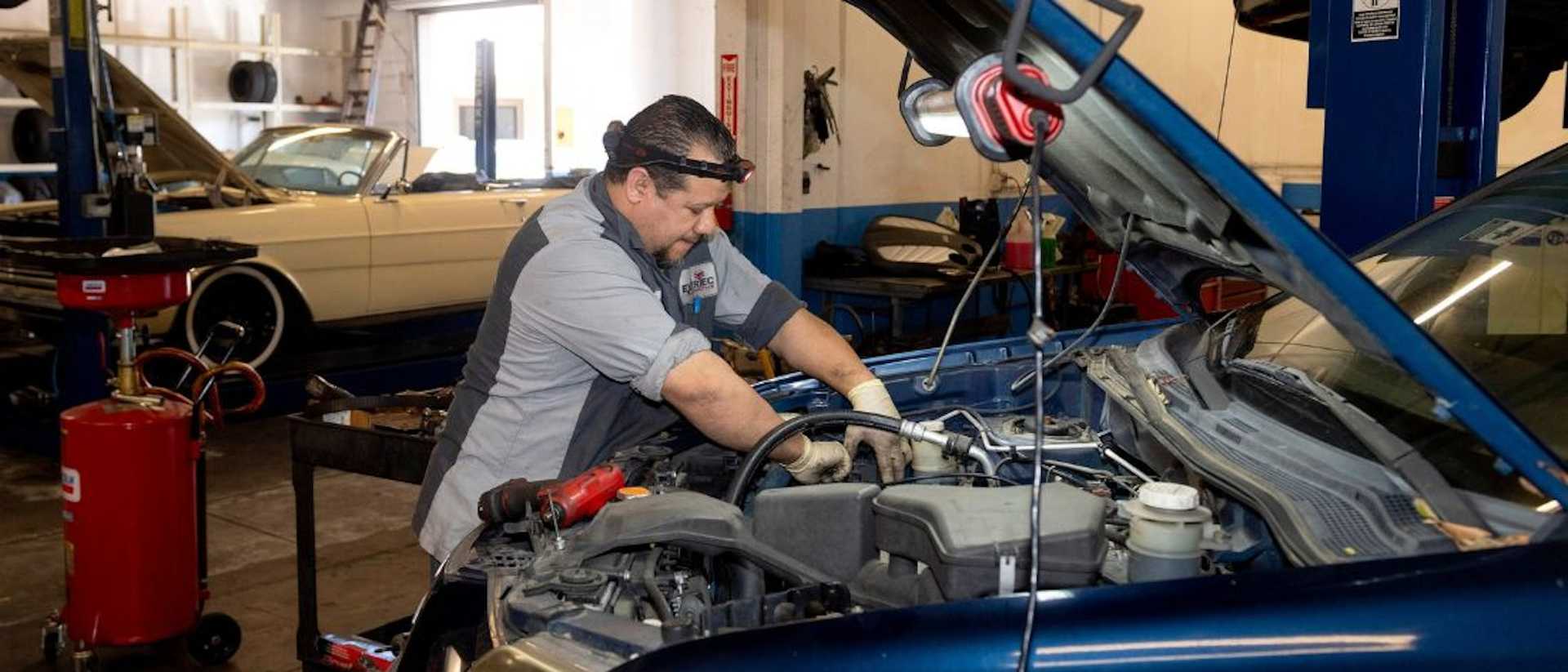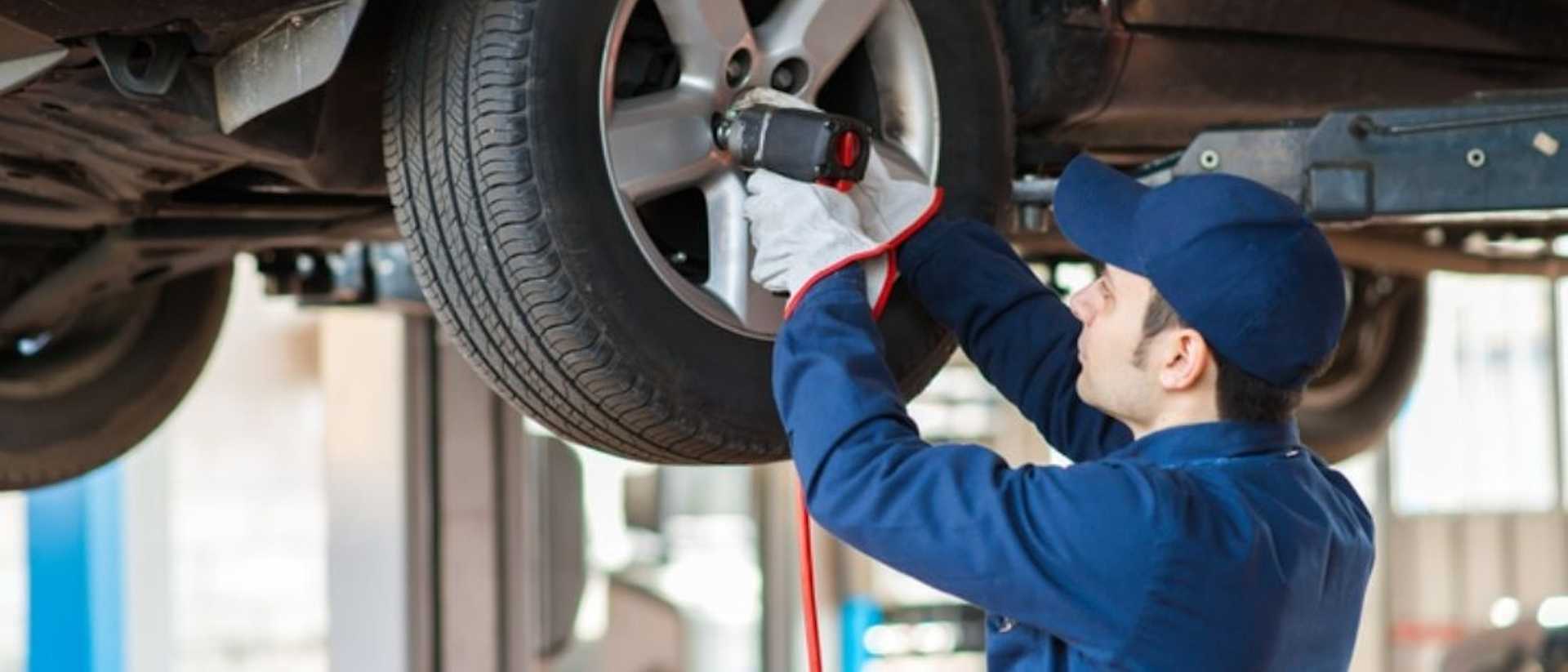What Is Loan-to-Value Ratio (LVR)? Everything You Need To Know

If you’re looking to buy a car but need to borrow some money to cover any upfront costs involved, chances are you’ve heard of a loan to value ratio.
A loan to value ratio, or LVR for short, is your loan amount represented as a percentage of the total value of the car you’re planning to buy.
Bit of a mouthful isn’t it?
Let’s break it down with an example of an LVR.
Morrison wants to cut down his carbon footprint and buy a hybrid car. He’s got his eyes on a model that’s valued at $60,000 and he has a $15,000 deposit. Morrison’s LVR is 75% because he plans to borrow 75% of the car’s value.
Don’t stress if it’s still a bit confusing.
We’ll explain everything you need to know about LVRs as we get deeper into the article—we also have a super handy car loan calculator tool so you don’t have to spend any time crunching numbers.
Here are three things to take away before we move on:
- small deposit = high LVR
- bigger deposit = low LVR
- most lenders prefer your LVR to be below 80%, as this protects the lender and makes it a low-risk loan for them.
Why is LVR important?
LVRs are important because they play a key role in determining your borrowing power.
When considering your car loan application, your LVR is a key lending criteria for lenders and it will help them to set loan terms—such as the amount you can borrow, a higher or lower interest rate and your loan repayments schedule.
This brings us to the next question…
What is a good LVR?
A good LVR is a low LVR as it carries less risk for both parties involved. From the loan recipient’s point of view, a high LVR equates to more money being spent in the long run.
The higher your LVR = the higher your interest rates = the more you’ll end up needing to repay on your car loan.
Lenders prefer lower risk loans, so typically will not accept LVRs above 80%. Depending on your financial situation, any LVRs below 80% could be classified as ‘good LVRs’ and any LVRs above 80% are deemed as higher risk LVRs.

Need help calculating your LVR?
Use the LVR formula below and easily figure out your future LVR.
Hate maths?
We don’t blame you. Why not use our simple car finance calculator instead?
Should the purchase price or valuation of the car be used when calculating LVR?
As a general rule of thumb, the actual valuation of the car should be used when calculating your LVR, however, if the purchase price is different to the real market value, your lender typically uses the lower of the two.
Let’s use an 80% LVR as an example…
You need a new work ute because the old one’s seen better days. After close to a decade onsite, it’s time for it to retire.
A new Toyota Hilux WorkMate goes for about $55,000 and you have $11,000 ready to go.
Based on the loan to value ratio calculator, your LVR is 80% as you will need to borrow 80% of the Hilux’s value. This would be considered a high risk LVR and is typically the highest you can go, but it’s still very doable.
With this sort of credit criteria, a lender may propose a loan with fairly high interest rates, which may leave you wondering…
Can your LVR be reduced?
Absolutely!
There are many ways you can reduce your LVR, increase your chances of being able to borrow and improve the terms of your loan.
Tactic 1 - Grow your Deposit
A lender values someone who tries to increase their deposit size as much as they can.
Although a higher LVR may seem more profitable for lenders, the reality is that your lender is likely to be risk-averse and would prefer to issue a more secure loan. So, the bigger your deposit = the more equity you have in the loan agreement = and the more you reduce your LVR!
Tactic 2 - Opt for a Less Expensive Car
This may seem obvious, but many loanees don’t see this aligning with their personal objectives or consider this a first choice of attack. By simply finding a car that has a lower estimated market value, you could drastically reduce your LVR and gain a more favourable loan.
Remember, when you still have to deal with stamp duty, insurance and registration fees on top of your purchase price, it’s best not to lose money on an expensive car that exceeds your needs.
Tactic 3 - Ask a Family Member for Support
If you can get a guarantor, such as a parent, sibling or partner to use some of the equity in their own home to help secure your loan, you may be able to reduce your LVR, lowering your interest rate and loan risk in the process.
If you do one or more of these three things we’re sure you’re more likely to be successful in your loan application.

What other factors will affect your maximum LVR?
There are a few key things that a lender will look at before issuing a loan.
These factors will affect your maximum LVR, the interest rate on your repayments and the likelihood of you securing your loan.
Active Home Loans
If you have an active home loan that you are currently paying off, this will be taken into account by your lender when they are considering issuing you a loan. As your property price—and the property market on the whole—are subject to external pressures and can change rapidly, a lender will be more apprehensive to issue additional loans to loanees with a higher loan to value ratio.
Employment History
Lenders will want to know your employment history before issuing you a loan, particularly to a loanee with a higher risk loan to value ratio. If you do not have a steady employment record, or historically have a low income, your maximum loan to value ratio will be affected.
Credit History
Lenders will look favourably at those with a strong credit history who have paid off similar loans in the past and will be more likely prepared to overlook a high loan to value ratio. This means that if you don’t have a big deposit at the time of application, but you have a proven track record of saving money and making repayments on time, your maximum loan to value ratio will be higher.
If you don’t have a strong credit history, employment history and are currently paying off an active home loan, you still may be able to get a car loan, it’s just your upfront costs and LVR will be higher.
FAQs
What does LVR mean?
A loan to value ratio, or LVR for short, is your loan amount represented as a percentage of the total market value of the car you’re planning to buy. A lower loan to value ratio is considered better and can be achieved by generally saving for a larger deposit. An easy rule of thumb to remember when it comes to loan to value ratios—the bigger the deposit, the lower the LVR, the smaller the deposit, the higher the LVR.
Does my LVR affect if I can refinance my car loan?
Having a lower LVR may make you a more attractive prospect to lenders—and thus, more likely to be secure refinancing on your car loan—as you will be deemed a safer borrower. If you have been timely with your repayments and have managed to lower your LVR, you will be in a good position to score a better rate if choosing to refinance.
Is it better to have a higher or lower LVR?
Lenders prefer you have a larger deposit and therefore, a lower LVR as it is less risky for them. A higher LVR will often also result in higher interest rates and more expensive repayments.
Can I get a car loan if my LVR is over 80%?
It is possible, but 80% is generally the tipping point where lenders are less prepared to give out a loan. If your loan to value ratio exceeds 80% you may be required to pay insurance fees that protect the lender, similar to how you would have to pay LMI if you were taking out a large mortgage.
Will car loan rates go down in 2022?
As we’re seeing across the board, interest rates in Australia and around the world are on the rise. Car loans are not exempt from this and are likely to increase or at the very least plateau in 2022, given that they have been at historical lows as a result of the COVID pandemic. It is important to remember that no one has a crystal ball, however, and that rates looking far into the future are hard to predict. Because of this, always borrow within your means and never overextend yourself financially as external events outside of your control can have an impact on your loans.


.png)



.jpeg?ixlib=gatsbyFP&auto=compress%2Cformat&fit=max&rect=0%2C0%2C800%2C800&w=500&h=500)



